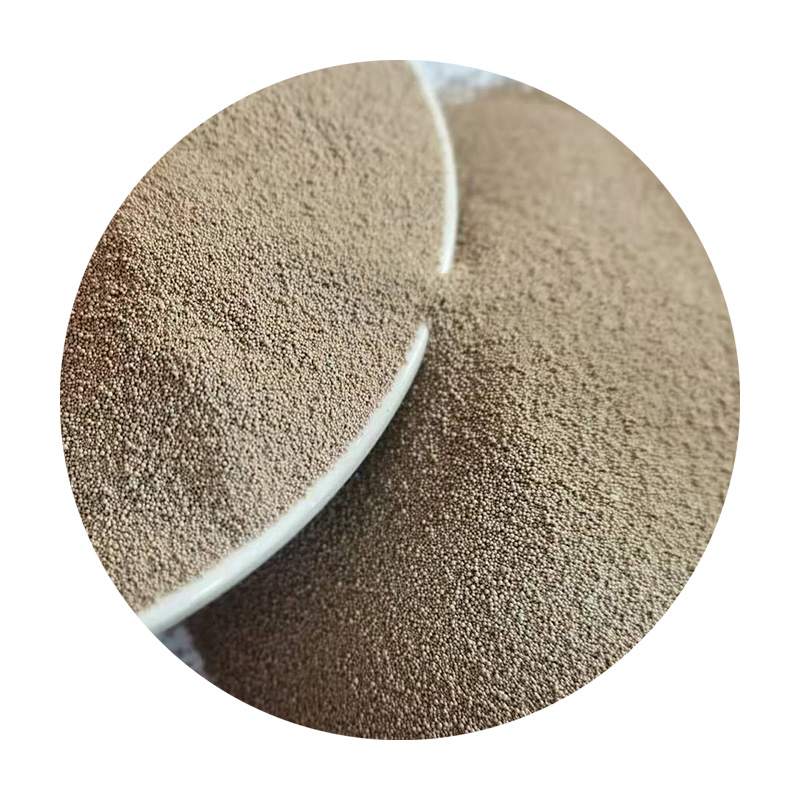Sanding in 3D Printing A Key to Achieving the Perfect Finish
3D printing has revolutionized the manufacturing landscape, offering unprecedented design freedom and customization. However, one of the challenges faced by users is the visible layer lines that are inherent to most 3D printing methods. To achieve a professional and aesthetically pleasing finish, sanding has become an essential post-processing technique. This article delves into the significance of sanding in 3D printing and provides practical tips for obtaining the best results.
Sanding in 3D Printing A Key to Achieving the Perfect Finish
The first step in the sanding process is selecting the right sandpaper. It's advisable to start with a coarser grit, typically between 80 to 120 grit, to address the most prominent layer lines. This initial step is crucial because it determines the efficiency of the sanding. Working with coarse grit allows for faster material removal, flattening out the prominent ridges. After the initial sanding, one should gradually move to finer grits, such as 220 or 400, to refine the surface further. This progressive sanding avoids excessive removal of material and helps maintain the shape and detail of the print.
sanding 3d print

When sanding, it is essential to adopt the right technique. Movements should be consistent and follow the contours of the object. Circular motions or long, even strokes are effective for achieving a smooth finish. It's also important to be mindful of pressure; too much force can lead to uneven surfaces or even damage to finer details. Using a sanding block can help distribute pressure evenly, particularly on flat surfaces.
In addition to traditional sanding methods, wet sanding is a popular technique for achieving a superior finish. By using water, the sandpaper is less likely to clog, and it reduces the dust created during the sanding process. Wet sanding finishes with finer grits can particularly enhance the smoothness of the print, especially for materials like PLA and ABS.
Lastly, after sanding, it is often beneficial to apply a primer or smoothing agent. Primers can fill in small imperfections and further improve adhesion for paint, while smoothing agents like acetone vapor (commonly used for ABS) can enhance the finish further by chemically melting the surface, providing a glossy look.
In conclusion, sanding is an indispensable step in the 3D printing process that can drastically improve the final product's quality. By starting with the right tools, selecting suitable techniques, and understanding material characteristics, enthusiasts and professionals alike can elevate their 3D prints to new standards of aesthetics and functionality. Embracing the art of sanding transforms the 3D printing experience, showcasing the potential of this innovative manufacturing technique. Whether for personal projects or professional endeavors, mastering sanding can turn a good print into an exceptional one.
Post time:تشرینی یەکەم . 04, 2024 14:14
Next:Effektiv støbning med hurtig sandformningsteknikker til præcise metaldele
